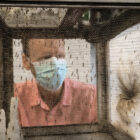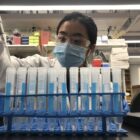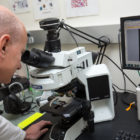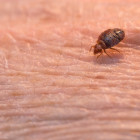Environmental Health
Wet Summer Raises Risk Of Mosquito-Borne Illnesses In October
|
With mosquito levels at the highest in 20 years, three mosquito-borne illnesses are most dangerous to humans in October after being passed from birds to mosquitoes over the summer months. This year, the first report of Eastern equine encephalitis (EEE) occurred Sept. 23 in mosquitoes trapped in Voluntown, in southeastern Connecticut, as part of the state’s surveillance program. EEE is rare but kills one-third of those who catch it, according to the state Department of Public Health. Two years ago, three out of four people who caught EEE in Stonington died.




